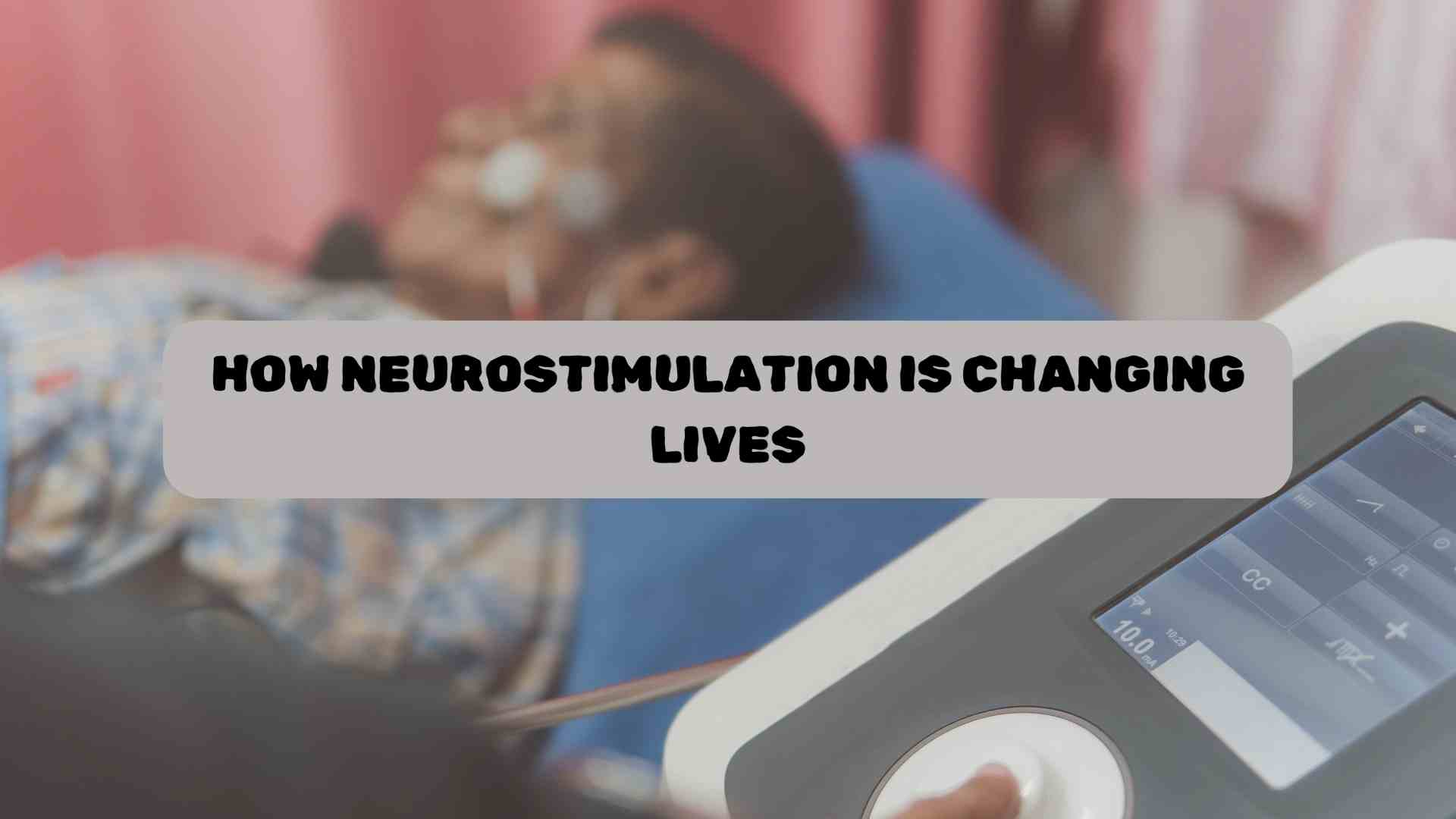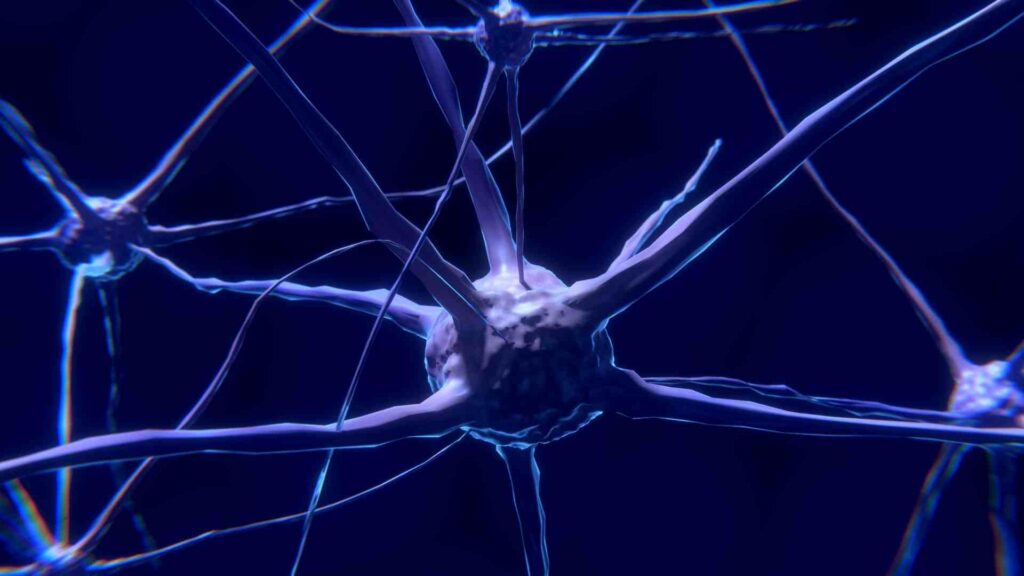
Neurostimulation stands at the forefront of innovative pain management therapies, offering a revolutionary approach to altering the trajectory of pain signals en route to the brain. This technique is rooted in the principle of modifying the transmission pathway of these signals, aiming to diminish the sensation of pain. Neurostimulation therapy is intricately designed to target specific areas within the nervous system, using electric signals to stimulate a cluster of nerve cells located in the spinal cord. This stimulation leads to a decreased perception of pain by the brain, providing relief to individuals experiencing persistent discomfort. The cornerstone of this therapy is a device known as a neurostimulator, which is meticulously engineered to address various types of pain, promising a new horizon in pain management.
This article delves into the world of neurostimulation therapy, highlighting its application in managing various chronic pain conditions, including spinal cord discomfort, headaches, occipital pain, limb pain, low back pain, peripheral neuropathy, failed back surgery syndrome (FBSS), and chronic regional pain syndrome (CRPS). With its non-invasive and targeted approach, neurostimulation stands apart from traditional treatments, offering a promising route to pain relief for those who have found little success with other methods.
Pain and Chronic Pain
At its core, pain is an intricate sensory and emotional experience often associated with, or resembling, tissue damage. It serves a critical role in the human body’s defense mechanism, signaling the presence of potential harm and prompting a response to avoid further injury. However, when pain persists beyond the normal healing timeframe, typically extending for more than 3-6 months, it evolves into chronic pain. This enduring pain results from prolonged activation of the nervous system, facilitating a continuous exchange of signals between the central and peripheral nervous systems.
The societal impact of chronic pain is profound, fueling the opioid crisis as the quest for relief leads to a reliance on medication, which in turn poses a significant burden through addiction and increased health risks. Consequently, the medical community is in constant pursuit of alternative therapies that can bypass the need for opioids. Neuromodulation, or neurostimulation, emerges as a leading solution in this context. It employs electrical impulses to either inhibit or stimulate nerve activity within the central, peripheral, or autonomic nervous systems (ANS), aiming to provide a therapeutic alteration in pain perception and management. In this review, we will highlight some of the important targets for neuromodulation therapy, their mechanism of action, and the evidence to support their use in the treatment of chronic intractable pain conditions.
Neurostimulation Therapy for Chronic Pain
In today’s advanced medical landscape, neuromodulation is heralded as one of the most effective means of managing chronic pain. By altering the nervous system’s activity through targeted electrical stimulation, this therapy offers a beacon of hope for those grappling with persistent pain that has proven resistant to conventional treatments. The application of neurostimulation extends beyond the central and peripheral nervous systems to include the autonomic nervous system as well, showcasing its versatility.
The mechanism of action for neurostimulation in treating various pain conditions has been met with significant acclaim, particularly for its success in spinal cord stimulation. One of the key advantages of spinal cord stimulation is its non-invasive, non-surgical nature, providing a swift yet complex evaluation of its efficacy in pain relief. This method stands apart from traditional oral medications by targeting specific areas of pain without systemic effects, offering a targeted approach to pain management.
Through initial screening and evaluation, neurostimulation therapy can save individuals from the time and uncertainty associated with other treatment modalities, especially when conventional therapies have failed. It has shown considerable success in treating a range of chronic pain conditions, paving the way for a more effective and patient-centered approach to pain relief.

Headaches and Occipital Pain
Experts in the medical field have identified optic nerve stimulation as a highly effective method for managing chronic headaches and craniofacial discomfort. This technique utilizes an implantable device equipped with an electrode and a pulse generator, marking it as a sophisticated form of neuromodulation. Particularly beneficial for individuals who have not found relief through traditional methods such as thermal massages or stretching, this approach targets the spinal cord’s nerve cells. As technology evolves, so does the complexity of various discomforts, prompting the need for advanced solutions like optic nerve stimulation, especially for conditions like occipital neuralgia.
Arms and Legs Pain
The relief of discomfort in the arms and legs frequently employs stimulation techniques, with significant attention given to evaluating their impact on limb function. Engaging in physical activities is inherently beneficial, and some individuals seek additional connection with nature through grounding exercises. To enhance muscle function temporarily, functional electrical stimulation is utilized, sending precise signals to promote voluntary movement in both upper and lower limbs. Observations of changes in EEG patterns after a few weeks of application underscore the effectiveness of this approach, exemplified by devices designed for cycling activities.
Low Back Pain and Peripheral Neuropathy
For those grappling with unpredictable low back discomfort, spinal cord stimulation offers a modality to modulate this experience. Such discomfort can severely impact overall well-being and daily functionality, emphasizing the importance of spinal health. Additionally, peripheral neuropathy, characterized by weakness, numbness, and discomfort, finds a compatible solution in neurostimulation, which addresses these symptoms with targeted electrical impulses.
FBSS & CRPS
Failed back surgery syndrome (FBSS) and chronic regional pain syndrome (CRPS) represent conditions where chronic discomfort persists, often accompanied by a spectrum of psychological symptoms. Neurostimulation therapy has shown promise in these contexts, proving beneficial for both physical and psychological manifestations. For FBSS, spinal cord stimulation through device implantation has been noted to alleviate discomfort in patients post-surgery, with a portion experiencing pain relief. CRPS, emerging after spinal surgery, relies on the specific circumstances and timing post-operation to gauge the potential success of neurostimulation therapy. Early intervention is key, though the diagnosis may be delayed due to the complexity of symptoms following surgery.
In conclusion, the realm of neurostimulation therapies offers a diverse and advanced toolkit for managing pain, extending beyond conventional treatments. While accessibility may be limited in less developed regions due to costs, its global adoption underscores its efficacy and safety as a pain management strategy. As such, neurostimulation stands as a valuable and often preferred option for those seeking relief from persistent pain.
Peripheral Nerve Stimulation
The peripheral nerve stimulation technique was first tested in 1999 and is found to be helpful for relieving chronic pain in different areas of the body, i.e., abdomen, cardiac region, facial pain, or even headaches. PNS strictly targets the peripheral nerves that connect our body to the spinal cord to disrupt the pain signals and stimulate healthy signals to provide comfort to the patient.
Due to its complexity, the PNS technique is often used for the short term. The placement of lead is highly crucial since it can also stimulate the pain signal if installed wrongly. The lead should be near the peripheral nerve but not attached or close to it. Patients are expected to find improvement after two months of device installation.

What are the Benefits of Neurostimulators?
The devices used for Neurostimulation treatments are known as Neurostimulators. Here is how helpful they are:
- Replacing the pain signal with a soothing sensation.
- Enabling people to walk, sit and stand for a longer time.
- It can be removed anytime when needed.
- The patients need little recovery time.
- Eliminating the need for oral medication.
- The effectiveness of therapy can be checked six to four days after its placement.
Takeaway
The effectiveness of treatment also depends upon the physicians. Before consulting any, make sure they are experienced in their line of supposed expertise. The correct diagnosis and placement of Neurostimulators are crucial for enabling pain relief.
If Neurostimulation therapies are done correctly, they can bring a breath of fresh air to those struggling with chronic pain for years. Further advancements in the bioelectric domain will surely increase the quality of treatment and its benefits.
References:
Arcidiacono, U. A., Armocida, D., Pesce, A., Maiotti, M., Proietti, L., D’Andrea, G., Santoro, A., & Frati, A. (2022). Complex Regional Pain Syndrome after Spine Surgery: A Rare Complication in Mini-Invasive Lumbar Spine Surgery: An Updated Comprehensive Review. Journal of Clinical Medicine, 11(24), 7409.
Deer, T. R., Jain, S., Hunter, C., & Chakravarthy, K. (2019). Neurostimulation for intractable chronic pain. Brain Sciences, 9(2), 23.
How neuromodulation therapy may help chronic pain. (2023, July 24).
Medtronic. (n.d.). What Is Neurostimulation? Neurostimulators for Chronic Pain from Medtronic.
Orhurhu, V. J., Chu, R., & Gill, J. (2023, May 1). Failed back surgery syndrome. StatPearls – NCBI Bookshelf.
Radeleczki, B., Mravcsik, M., Bozheim, L., & Laczkó, J. (2022). Prediction of leg muscle activities from arm muscle activities in arm and leg cycling. Anatomical Record-Advances in Integrative Anatomy and Evolutionary Biology, 306(4), 710–719.
Traeger, A. C., Gilbert, S., Harris, I. A., & Maher, C. G. (2023). Spinal cord stimulation for low back pain. The Cochrane Library, 2023(8).
